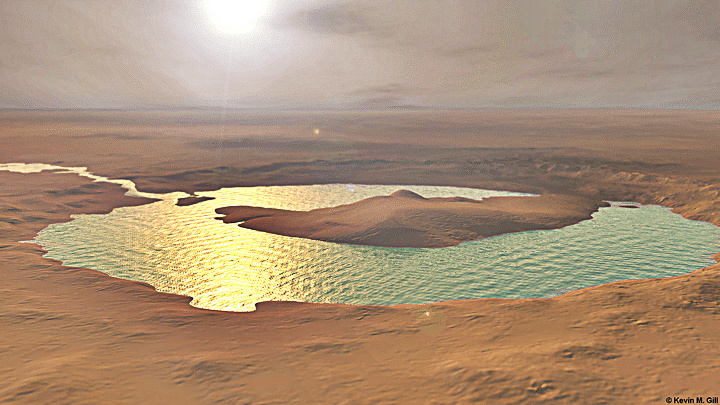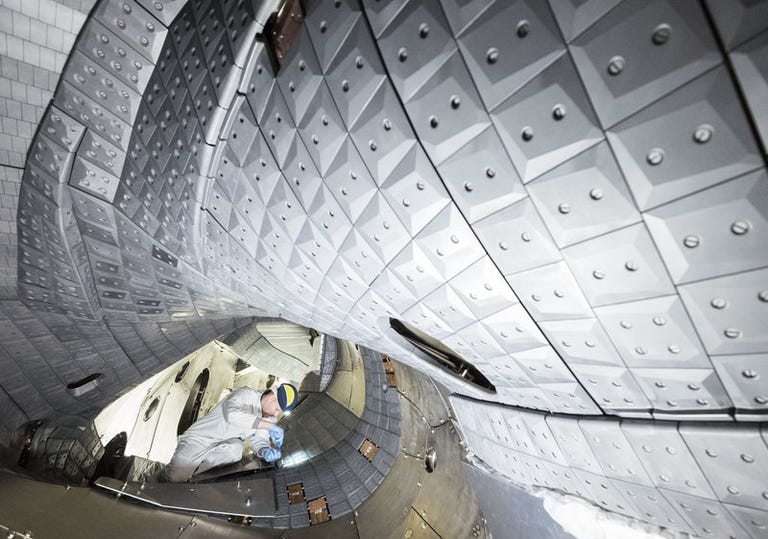Wendelstein
7-X (W7-X) is tipped to be one of the game-changing designs that could make
commercial nuclear fusion reactors a reality. The test so far has been
extremely positive and during the latest round of experimentation, it broke
several records. W7-X's latest run started after some important adjustments.
Since last
September, the reactor has been fitted with new and snazzy interior cladding
made of graphite. This allowed W7-X to contain a hotter and denser plasma.
Details are published in Nature Physics. W7-X is a stellarator, one of the two
main approaches used to construct a functional nuclear reactor. It is shaped
like a twisted doughnut.
Magnets are
wrapped around the stellarator to keep the plasma confined. The machine was
able to take the plasma to a temperature of 40 million degrees Celsius (72
million degrees Fahrenheit). The plasma was kept fusing for up to 26 seconds, a
significant increase from the six seconds of the first run. By keeping the
plasma in the chamber for longer it got the world record for fusion production
using a stellarator.
“This is an excellent value for a device of this size, achieved, moreover, under realistic conditions, i.e. at a high temperature of the plasma ions,” co-author Professor Thomas Sunn Pedersen said in a statement. “First experience with the new wall elements are highly positive. This makes us optimistic for our further work.”
The goal of
the project is to make stellarators commercially viable. To do so, it is
necessary to create a plasma that exceeds 100 million degrees Celsius (180
million degrees Fahrenheit). At that temperature, the hydrogen from the plasma
will convert into helium releasing more energy than is required to heat up the
plasma. Keeping the temperature up is crucial and that’s why the plasma needs
to be kept away from the cold walls.
The strong
magnetic fields and shape of the machine are optimized to minimize
interactions. W7-X is made of 50 superconducting magnets, each around 3.5
meters high. Despite its size, W7-X will never produce more energy than it
consumes. It is just a proof-of-concept for a much bigger commercial version.
The other
design for fusion reactors is called a tokamak. A prototype for a commercial
version of this kind is currently being built in France.





Post A Comment:
0 comments: